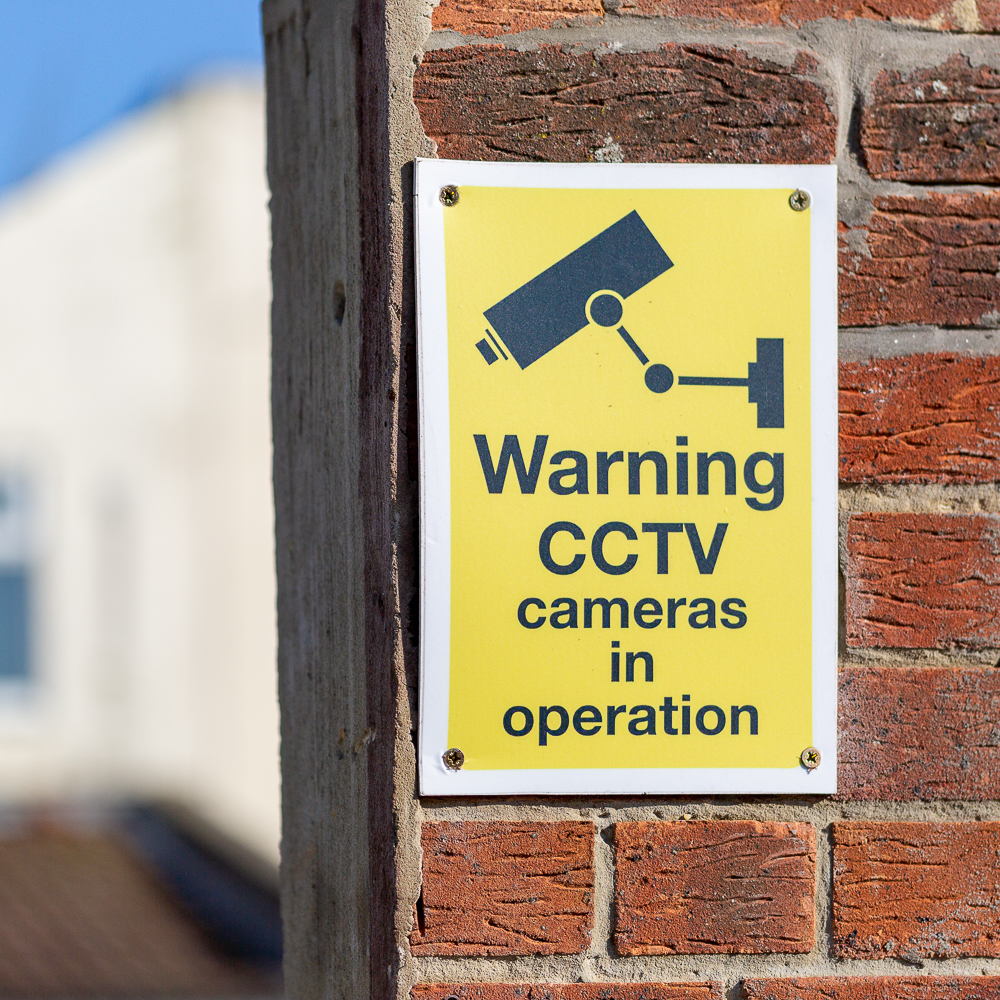Wired CCTV cameras use cables to connect them to their power source, as well as for their internet connection and their video transmission.


Wired CCTV is what most people think of when they think of CCTV. The first CCTV systems and cameras were wired, and this system is still in use today. Wired CCTV involves using hardwired cables to connect your cameras to their power, internet supply, and recording equipment.
First and foremost, wired CCTV isn’t at the mercy of Wi-Fi signals that only extend so far, and can be blocked by walls, making it the perfect choice for a larger property. Not only that, but thanks to the improvements in modern technology wired CCTV systems also have many of the same capabilities of wireless systems, including smart monitoring, and apps that allow you to view your recorded footage on a mobile device.
Wired CCTV also has the added assurance that it is consistent and reliable, both in terms of network, and recording quality. Wired CCTV systems connect their cameras, recorders, routers and power supply through physical cables, which makes them less susceptible to any potential interference from another device being used nearby. They are also more consistent and reliable with how they record. A wireless system that gets interference or a low signal will potentially drop the video quality it records in – this isn’t an issue with a wired system.
Wired CCTV also supports not only large systems, but as a rule of thumb, it’s usually easier to install additional cameras to a wired system than it is a wireless one. Once the system is installed, it is likely that your recorder will support up to 16 cameras with ease, and some advanced systems can support even more! Although these tend to be used more often in commercial installations than domestic.

© Honest Quotes 2025